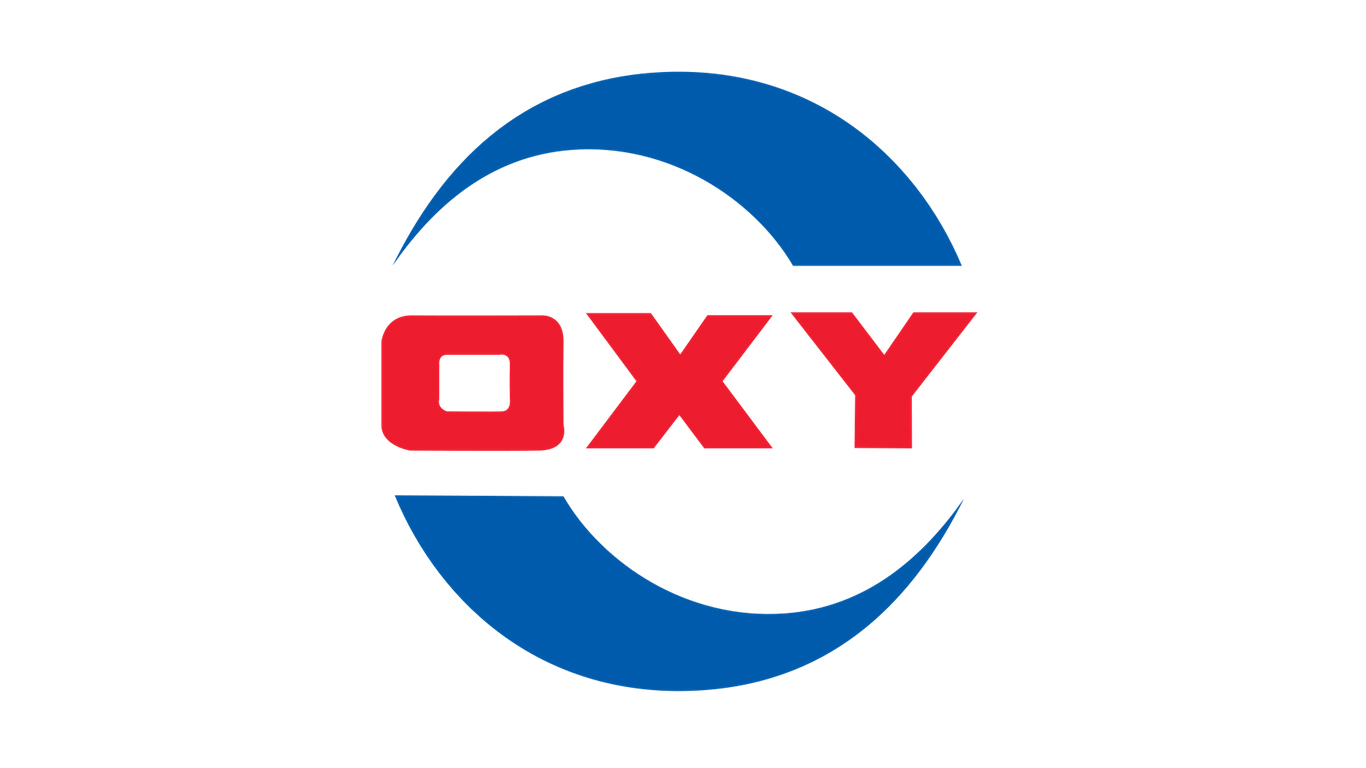
One thing you can say about Occidental Petroleum Corp. (NYSE: OXY) is that the company never said that spending $57 billion to acquire Anadarko would be painless. Oxy splashed out $38 billion in cash and stock for Anadarko and assumed some $19 billion in Anadarko’s debt. Something had to give.
On Tuesday, Oxy CEO Vicki Holub announced that shareholders will give up $0.67 in quarterly dividends, the company would give up about $1.7 billion in capital spending and unnamed parties would be subject to “additional operating and corporate cost reductions.” That very likely indicates job losses. The quarterly dividend was cut by 86%, from $0.78 to $0.11.
Berkshire Hathaway Inc. (NYSE: BRK-A) invested $10 billion in Oxy preferred shares to help with the Anadarko purchase (and to collect an 8% coupon on the investment) along with warrants to buy more shares at a price that currently seems far out of reach. Oxy also has sold some Houston real estate and is spinning off its majority stake in Western Midstream Pipeline Partners L.P. (NYSE: WES). The pipeline spin-off alone is expected to cut Oxy’s $50 billion debt by 15%.
In the announcement, Holub said:
Due to the sharp decline in global commodity prices, we are taking actions that will strengthen our balance sheet and continue to reduce debt. These actions lower our cash flow breakeven level to the low $30s WTI, excluding the benefit of our hedges, positioning us to succeed in a low commodity price environment.
Prior to the announcement, Oxy was paying a dividend yield of 9.6%. That nosebleed level was more a function of the company’s low stock price rather than outstanding performance on Oxy’s part.
U.S. majors Exxon Mobil Corp. (NYSE: XOM) and Chevron Corp. (NYSE: CVX) have yields of 6.94% and 5.31%, respectively, nowhere near Oxy’s prior level, but still pretty rich compared to high-flyers like Apple (dividend yield 1.05%) or Google and Amazon, which pay no dividends.
Among international integrated oil giants, Shell pays a dividend yield of 8.6%, BP pays 7.73% and Total pays 6.73%.
All these oil behemoths want to keep their dividends high while at the same time continuing to spend billions developing new fossil fuels. Oxy, though not in quite the same league, just said we can’t do that. Or maybe the company said it couldn’t do it without borrowing even more cash and that was probably not going to happen at any coupon that made sense.
How long can these giants continue to pay dividends at the same or higher levels than Oxy? Exxon claims it will as long as there is essentially free money floating around out there to fund dividends and capex. Chevron insists that it can return $80 billion to investors in buybacks and dividends over the next five years out of cash flow alone. Company executives are paid a truckload of money to say things like that and then to make them happen, so who knows? Then stuff happens. Color us skeptical.
Oxy’s stock added more than 13% following the announcement to trade at around $14.16, in a 52-week range of $12.04 to $68.83. The 12-month consensus price target on the stock is $45.43.
Travel Cards Are Getting Too Good To Ignore (sponsored)
Credit card companies are pulling out all the stops, with the issuers are offering insane travel rewards and perks.
We’re talking huge sign-up bonuses, points on every purchase, and benefits like lounge access, travel credits, and free hotel nights. For travelers, these rewards can add up to thousands of dollars in flights, upgrades, and luxury experiences every year.
It’s like getting paid to travel — and it’s available to qualified borrowers who know where to look.
We’ve rounded up some of the best travel credit cards on the market. Click here to see the list. Don’t miss these offers — they won’t be this good forever.
Thank you for reading! Have some feedback for us?
Contact the 24/7 Wall St. editorial team.




